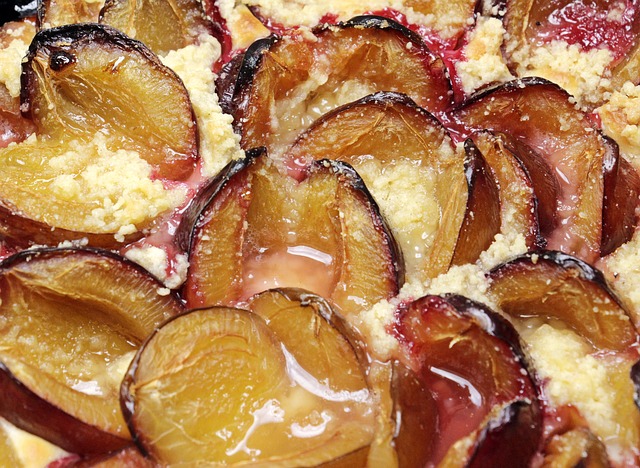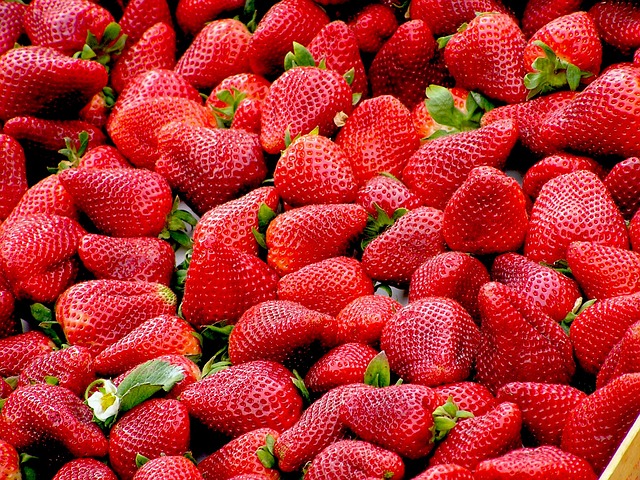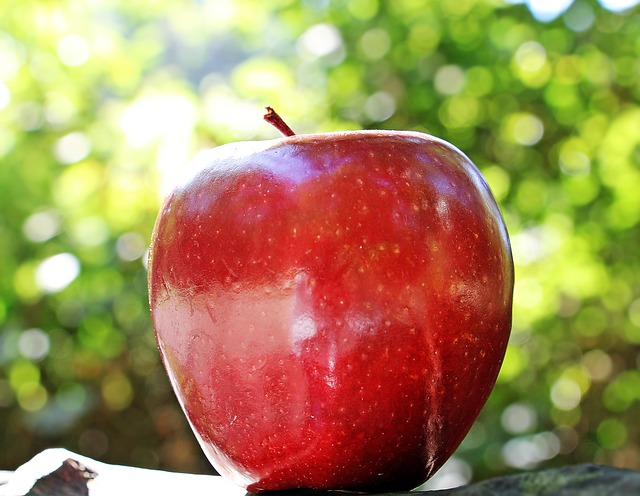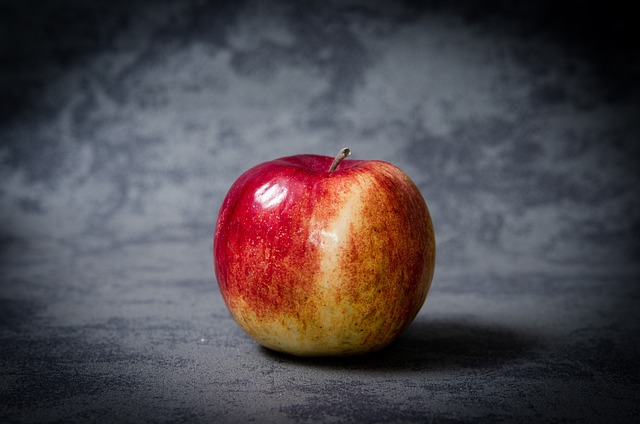Probiotics vs Prebiotics: What’s the Actual Difference?
Probiotics and prebiotics are two terms that are often used interchangeably, but they actually refer to two different things. Here’s a breakdown of what each one is and how they work.
Probiotics
Probiotics are live bacteria and yeasts that are good for our health, especially our digestive system. They can be found in certain foods and supplements. When we eat probiotics, they help to balance the friendly bacteria in our gut and crowd out harmful bacteria. This can improve our overall digestion and immune health.
Probiotics can also help with specific health conditions, such as antibiotic-associated diarrhea, irritable bowel syndrome (IBS), and inflammatory bowel disease (IBD).
Sources of Probiotics
- Yogurt
- Kefir
- Sauerkraut
- Kombucha
- Pickles
- Miso
- Tempeh
Prebiotics
Prebiotics, on the other hand, are non-digestible fibers that serve as food for the probiotic bacteria in our gut. They can be found in certain foods and supplements.
When we eat prebiotics, they pass through our digestive system and reach our colon undigested. There, they are fermented by our gut bacteria and produce short-chain fatty acids (SCFAs). SCFAs help to feed the cells in our colon and improve our gut health.
Sources of Prebiotics
- Chicory root
- Garlic
- Onions
- Leeks
- Artichokes
- Asparagus
- Bananas (unripe)
The Difference Between Probiotics and Prebiotics
The main difference between probiotics and prebiotics is that probiotics are live bacteria and yeasts that we consume, while prebiotics are fibers that we consume that feed the probiotics already in our gut.
Think of it like this: if our gut is a garden, then probiotics are the seeds that we plant in the garden and prebiotics are the fertilizer that we use to help those seeds grow.
How to Incorporate Probiotics and Prebiotics into Your Diet
The best way to incorporate probiotics and prebiotics into your diet is to eat a variety of whole foods. This means including lots of fruits, vegetables, whole grains, and fermented foods in your diet.
If you’re looking for a quick and easy way to get more probiotics and prebiotics into your diet, you can also take supplements. Be sure to choose a high-quality supplement and talk to your doctor before starting any new supplement regimen.
Conclusion
Probiotics and prebiotics are both important for our gut health, but they work in different ways. Probiotics are live bacteria and yeasts that help to balance the friendly bacteria in our gut, while prebiotics are fibers that feed the probiotics already in our gut.
By incorporating a variety of whole foods into your diet and possibly taking supplements, you can ensure that you’re getting the probiotics and prebiotics that your body needs to thrive.







